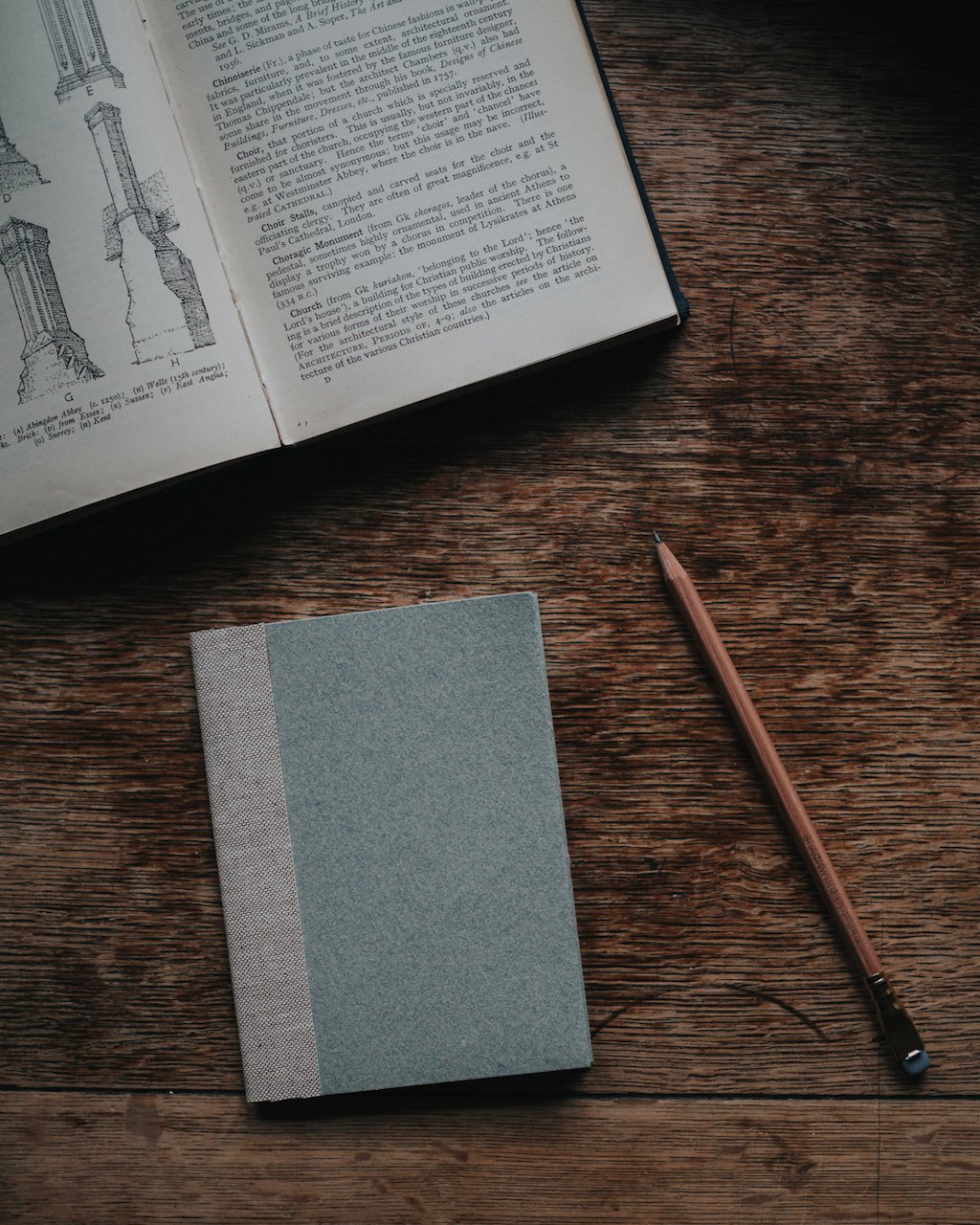The wonders of the humble pencil
I always write in pencil. The only exceptions to this are calligraphy (except that I also practise, and teach, pencil calligraphy), official documents, birthday cards and addresses on envelopes. Other than that, or when writing in chalk on my slate and blackboards, it’s always a pencil.
Pencils are so versatile, and so much more than a useful tool to reach for when you know you may need to erase it later.
A short history of the pencil
The ancestor of the pencil was lead: chunks of lead would be used for drawing or planning manuscripts in the Middle Ages. The word ‘pencil’ however originally referred to a small brush.
The pencils we know today originate in the discovery of graphite in Europe in the fifteenth century (the Aztecs had used graphite long before then). It was mistakenly thought to be a form of lead and known accordingly as ‘plumbago’. To protect the brittle graphite sticks were originally wrapped in string, but later this was replaced by wood. The first drawing of a wooden pencil dates back to 1565.
Despite this longer history, Nicolas-Jacques Conté, a scientist in Napoléon Bonaparte’s army, is often credited with inventing the pencil. His innovation was to mix inferior graphite, as the purer form found in England was not available in time of war, with clay, and bake it to create a usable pencil. This process was further developed over the years, the amount of clay varied to change the hardness of the pencil, and is still used to this day. The Conté company also still makes pencils and crayons.
The purest graphite deposits available in Europe in the early history of the pencil were in Borrowdale near Keswick in the Lake District. These were first found in 1564, and by the nineteenth century the area had become a centre for the pencil manufacturing industry. The company founded in Keswick in 1832 still exists today as Derwent – although their pencils are no longer made of locally sourced graphite.
The industry developed in the United States too, the Thoreau family being major players, and developing a numbering system to categorise pencil softness that is still in use there today (the equivalent to the European H/B gradings).
I am not of a scientific bend, but graphite is in itself a fascinating material, made of pure carbon, just as diamonds are, but with such entirely different qualities.
Why I love writing in pencil
Other than the ability to erase, to which I’ll come back shortly, it is the sensory qualities of pencils I really enjoy. It is the feel of the wood in my hand, the sound of lines being traced on paper, the changing shape of its point as I write, and its diminishing size as I sharpen it. Sharpening is a whole multi-sensory experience in itself: the twist of the pencil, the sound of the cut, the unfolding ribbons of shavings and, of course, the scent of freshly sharpened wood.
The sheer variety of tools available under the name of ‘pencil’ also opens up a wealth of writing experiences: from the faint lines drawn with a hard pencil to the rich thickness of a soft one, the different shapes and materials, mechanical and clutch pencils, coloured, or even multicoloured pencil leads… There really is a pencil for everything.
I don’t draw, but something about using a pencil still invites that possibility – a sense of freedom as it glides on the paper, changing pressure from faint to definite lines, with the possibility of erasure, of building up drafts and layers.
There is also perhaps a tentativeness to writing in pencil, a reluctance to commit words to the page. But rather than seeing this as a fault, I prefer to embrace it, and view it through the lens of creativity: planning, writing, building through incremental pencil sketches.
My favourite pencils
Blackwing: the natural, or the classic 602 (also look out for their limited edition releases)
Delfonics mechanical pencil, for its wooden casing
Midori brass pencil holder, perfect to carry around
All links to Present & Correct, my go-to place to buy pencils online. The Delfonics is not in stock at the time of writing, but this is where I bought mine.
Sources
The surprising history of the pencil, on The Marginalian
The history of the pencil, on The British Library’s Untold Lives blog
Trace the remarkable history of the humble pencil, on NPR’s All Things Considered




